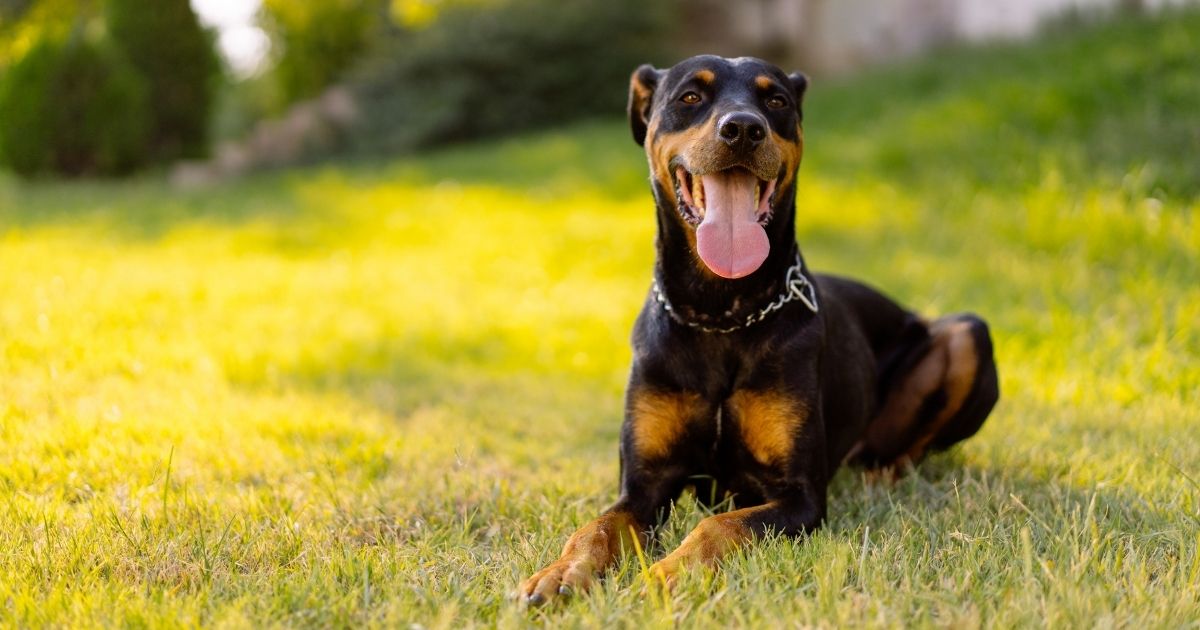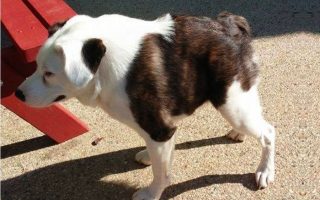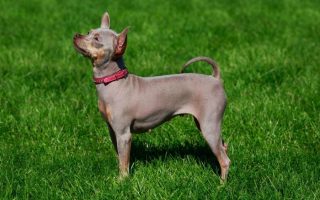Life in the mountains has always been hard and unforgiving.
This is true for people who lived there but also for their faithful companions and helpers, their dogs.
So, it’s no wonder that dog breeds with roots in mountain areas have developed certain traits that make them stand out among other breeds.
They’re tough, capable of withstanding harsh weather conditions, and hard workers.
Historically, most of them were used for taking care of livestock, but also played the role of protectors of households.
Below, I’ll compare Great Pyrenees vs Bernese Mountain Dog, two breeds that are among the most popular representatives of mountain herding dogs.
Both hail from the mountain regions of Europe and share several common traits.
However, there are some significant differences between the two breeds that you should pay attention to if you’re thinking of getting one of them.
| Attributes | Great Pyrenees | Bernese Mountain Dog |
| Good For First Time Owners | No | Yes |
| Good Guard Dog | Yes | Yes |
| Apartment Friendly | No | No |
| Good Family Dog | Yes | Yes |
| Shedding | Moderate | High |
| Barking And Howling | Moderate To High | Moderate |
| Height | 25-32 inches (63-81cm) | 23-28 inches (58-70 cm) |
| Average Life Expectancy | 10-12 Years | 7-8 Years |
[wpsm_toplist]
Great Pyrenees – Dog Breed Information
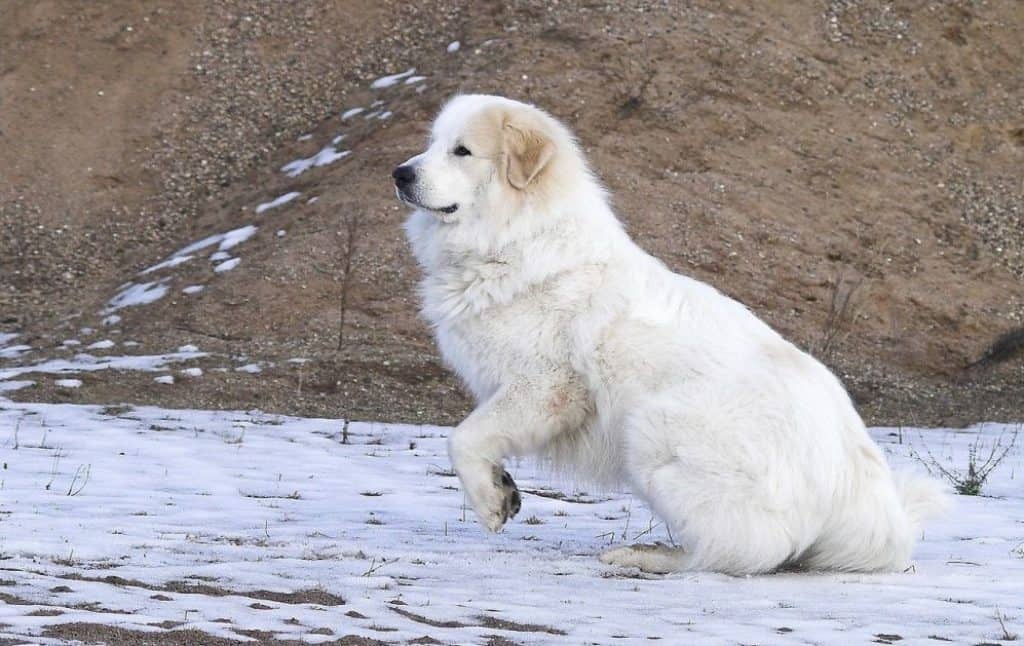
This old breed has been serving people for centuries.
Great Pyrenees got their name after their original home at the Pyrenees Mountains on the border of France and Spain.
They were initially developed to herd the livestock, mainly sheep, and protect them from mountain predators.
To this day, they are known for their bravery and undying loyalty to their owners.
Nowadays, they are rarely employed to tend to sheep but have found their place as excellent guardians and family dogs.
Appearance
Fluffy and cute, Great Pyrenees are also magnificent to behold and of imposing stature. They feature a huge and sturdy body but are also very muscular and agile.
Due to their abundant fur, they appear even bigger than they are.
Like most mountain breeds they feature a double coat capable of protecting them even at freezing temperatures.
The hair of the topcoat is long and coarse while the undercoat is more soft and dense. They’re usually white but may feature other colors like tan or white with gray markings.
Their heads are big with thick and furry necks.
Ears are triangular, medium-sized, and flopped down while dark-brown eyes have a characteristic gentle expression.
The height of males is in the 27-32 inches (69-81 cm) range. They weigh 105-120 pounds (48-54 kg).
Fully grown females may grow up to 25-29 inches (63-74 cm) and weigh 97-120 (44-54 kg).
Temperament
Most of the time they were taking care of livestock in the mountains, Great Pyrenees did it alone, without the help of humans.
Because of this, they developed strong independent tendencies and stubbornness which can sometimes be an issue for first-time owners.
However, their history also helped them become fearless and alert protectors and they are excellent when it comes to guarding duties.
They become very attached to their owners and are ready to do anything for them.
This breed can be great and friendly with kids but only if they were properly socialized and trained at a young age.
Still, they are a predominantly calm and well-behaved breed. Because of this, they are often used as therapy dogs.
The Great Pyrenees is not overly active and would likely suit the couch-potato type of owners.
Bernese Mountain Dog – Dog Breed Information
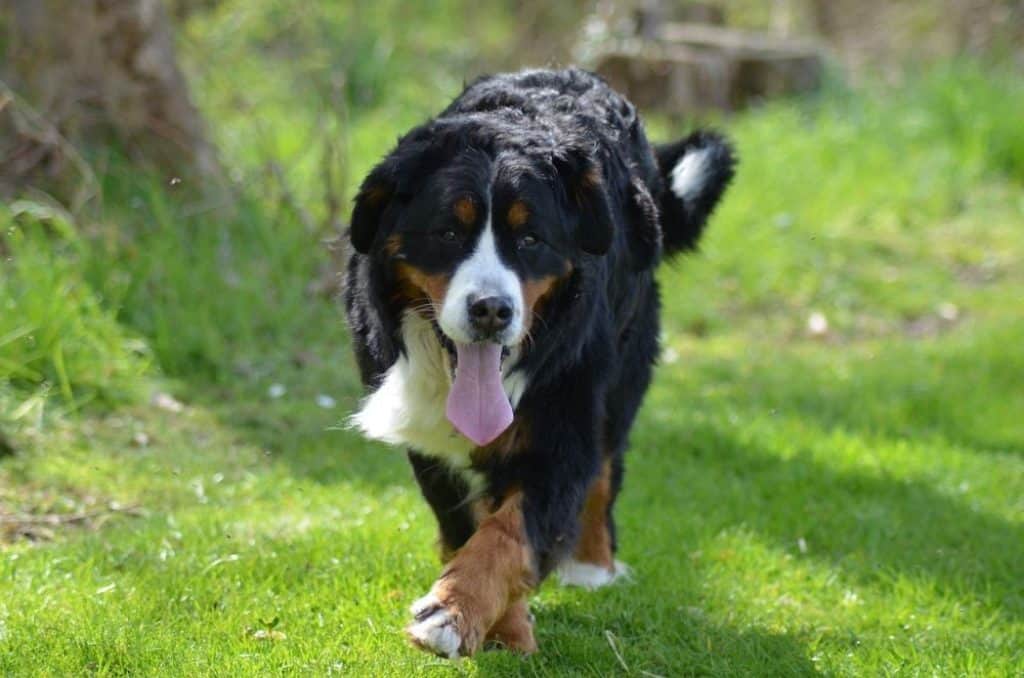
Hailing from the Swiss Alps, Bernese Mountain Dogs accompanied and helped local dairymen and herders for centuries.
Knowing that they can pull more than 10 times their weight, it’s easy to understand how crucial they were to the life of Swiss farmers.
The Bernese are known as a breed that likes to work hard and play hard.
Appearance
Bernese Mountain Dogs are big, heavy, and muscular. They’re slightly longer than tall and feature a strong wide back.
Their body is covered with a moderately long, silky, and thick double coat.
Due to the protective coat, they thrive in cold weather. It commonly features a tri-color combination.
The predominant color is black with white and rust markings on the face, chest, and front of the legs.
The head is big, broad, and flat on the top with a straight muzzle.
Ears are triangular and medium-sized while the dark eyes give out a characteristically intelligent stare.
Male Bernese grow about 24-28 inches (61-71 cm) and weigh around 77-122 pounds (35-55 kg).
Females are a bit smaller, with 22-26 inches (58-66) in height and 66-111 pounds (30-50 kg) in weight.
Temperament
Bernese Mountain Dogs can be best described as gentle giants. They’re good-natured, affectionate, and 100% dedicated to their owner.
Bernese enjoy playtime and are wonderful dogs to have around children.
Unlike some other dogs with a similar history, they don’t express aggressiveness and are very friendly towards strangers and other animals.
Still, due to their strong protective instinct, they make good guardian dogs.
As they like to spend time with family, it’s preferable to have them living in the house.
However, due to their size and desire to play and be active, they also need a lot of time in the open space.
In addition, Bernese are known as a very sensitive breed and don’t respond well to punishment or harsh treatment.
They enjoy learning new things and are fairly easy to train.
Great Pyrenees vs Bernese Mountain Dog – What’s the Difference?
| Great Pyrenees | Bernese Mountain Dog |
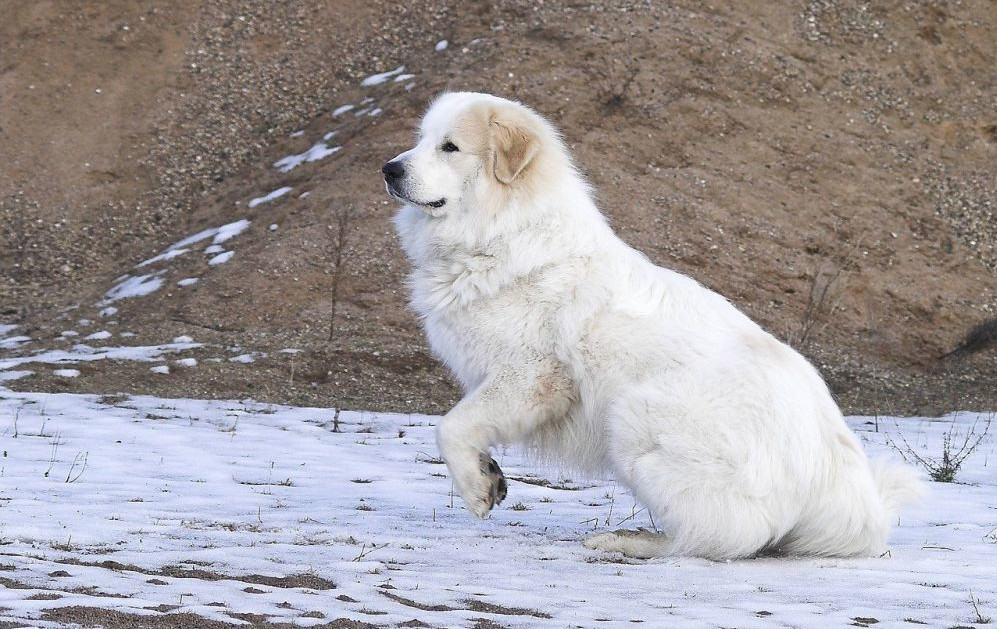 | 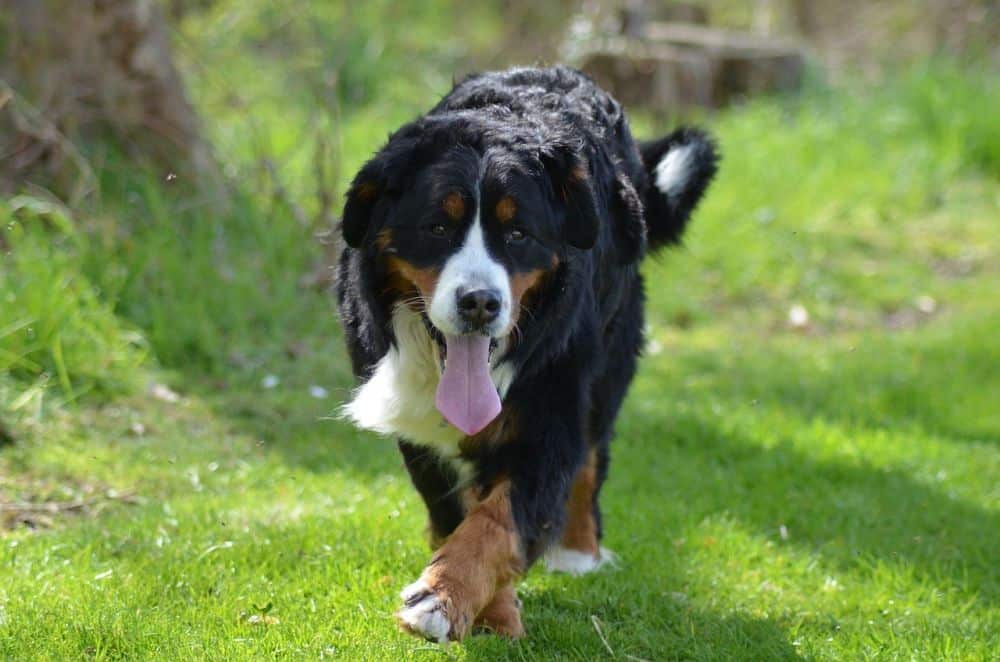 |
The first thing you’ll notice about these two breeds is that they’re huge. This means that they will require some space although they can live inside.
Due to their high susceptibility to cancer and other health problems, Bernese Mountain Dogs have an average life expectancy of only 7-8 years compared to the Great Pyrenees who have an average life expectancy of 10-12 years.
Bernese Mountain Dogs are a much better choice for inexperienced owners as they are very well-behaved and enjoy human companionship.
Pyrenees have strong independent tendencies and their stubbornness can sometimes be a lot to deal with.
If you’re looking for a protector for your family and property, you’ll do good with both of them.
Still, Great Pyrenees are slightly better equipped for the job due as they are more reserved towards strangers and often more aggressive.
Bernese are physically posing but are often too friendly with strangers. However, their friendliness makes them more suitable for families with children.
Both breeds are among the less active and don’t require excessive exercise.
As for grooming, Bernese are a handful while the Pyrenees are fairly low maintenance.
Conclusion
Both of these massive breeds will make you feel safe and protected.
In addition, they’ll be more than happy to take care of any task you put in front of them.
They will also make loving members of your family, especially Bernese who are not shy about expressing their affection.
Still, be aware that dogs this big come with certain requirements.
If you can’t provide them with a lot of space, it’s maybe better to go with some smaller breeds.
Having the Great Pyrenees or Bernese Mountain Dog as a family dog is extremely rewarding, but can also be very demanding.

